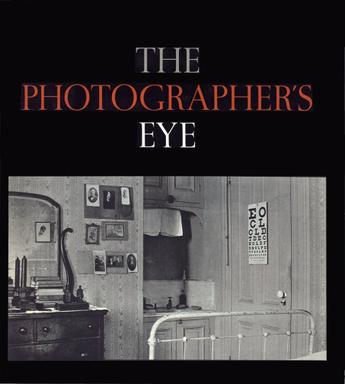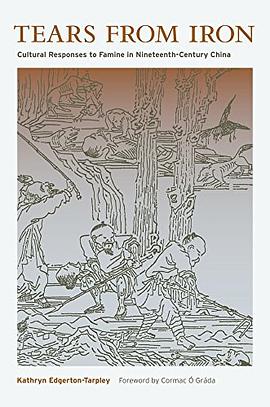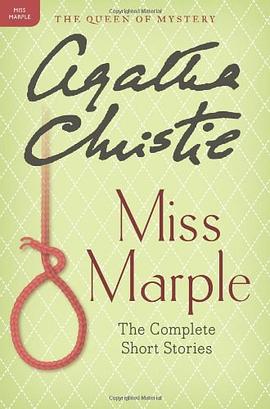The Photographer's Eye
内容简介
The Photographer's Eye by John Szarkowski is a twentieth-century classic--an indispensable introduction to the visual language of photography. Based on a landmark exhibition at The Museum of Modern Art in 1964, and originally published in 1966, the book has long been out of print. It is now available again to a new generation of photographers and lovers of photography in this duotone printing that closely follows the original. Szarkowski's compact text eloquently complements skillfully selected and sequenced groupings of 172 photographs drawn from the entire history and range of the medium. Celebrated works by such masters as Cartier-Bresson, Evans, Steichen, Strand, and Weston are juxtaposed with vernacular documents and even amateur snapshots to analyze the fundamental challenges and opportunities that all photographers have faced. Szarkowski, the legendary curator who worked at the Museum from 1962 to 1991, has published many influential books. But none more radically and succinctly demonstrates why--as U.S. News and World Report put it in 1990--"whether Americans know it or not," his thinking about photography "has become our thinking about photography."
......(更多)
作者简介
约翰·萨考斯基,摄影师,已退休的纽约现代艺术博物馆摄影部主任。他写过大量摄影类书籍,包括 Look at Photographs 和 Photography Until Now。
......(更多)
目录
......(更多)
读书文摘
两种最基本的原理是对比和平衡。对比强调的是照片中图像元素之间的区别,无论是影调的对比、色彩的对比、形态的对比还是其他。两个相互对比的元素能相互加强。平衡则是隐含在对比之中的关系,是对立元素之间的主动关系。如果达到了平衡,影像就会有一种平衡感。否则,影像就失去了平衡,会留下视觉张力。
如果无知的你能够创造色彩杰作,那么无知就是你的方法,但是如果你不能用无知来创造色彩杰作,那你就应该寻求知识
攝影的中心行為,取與捨的行為,要求我們重視照片的邊緣-那道內與外的分界線-和由此限定的形狀。
......(更多)






